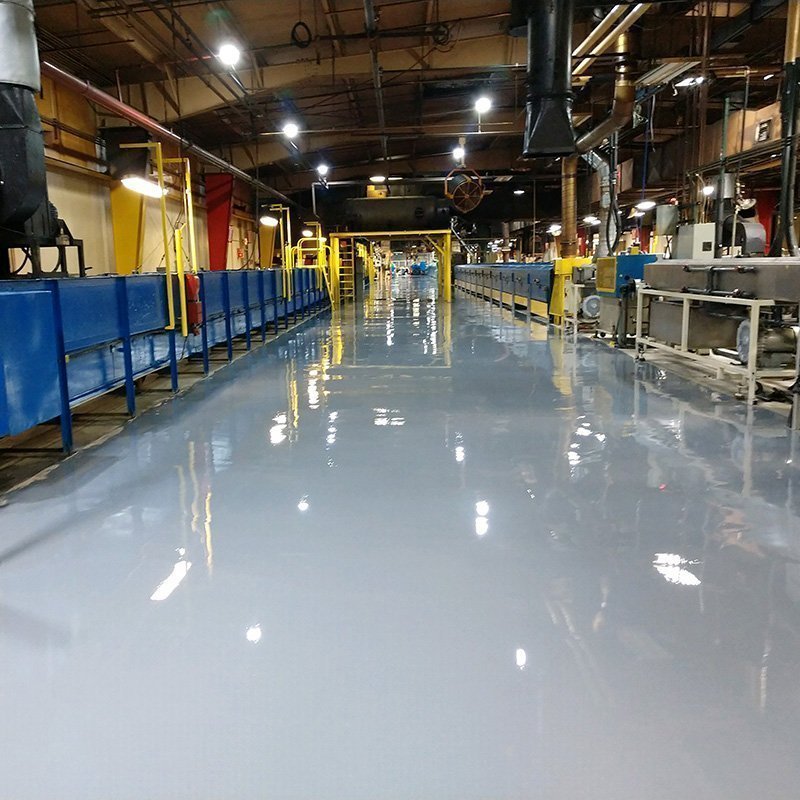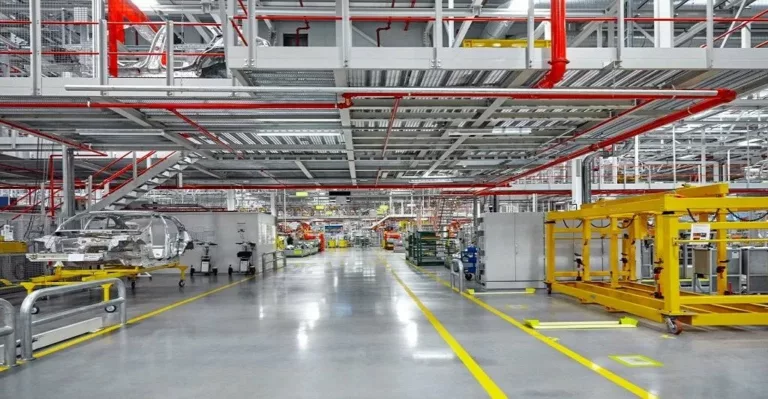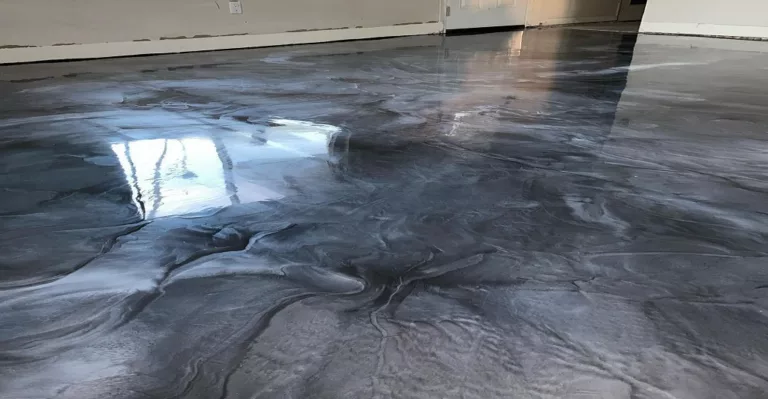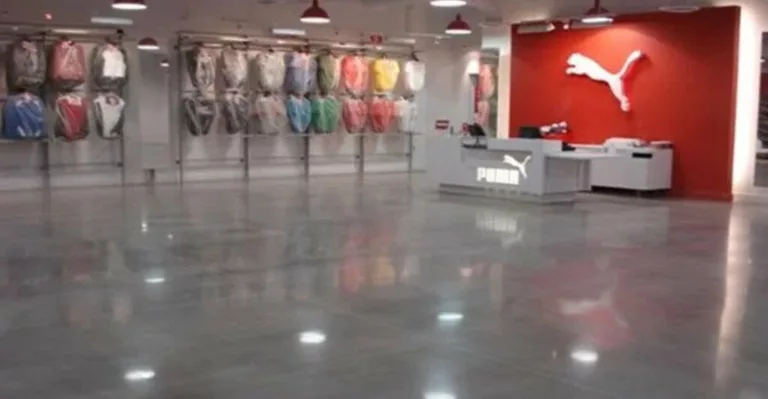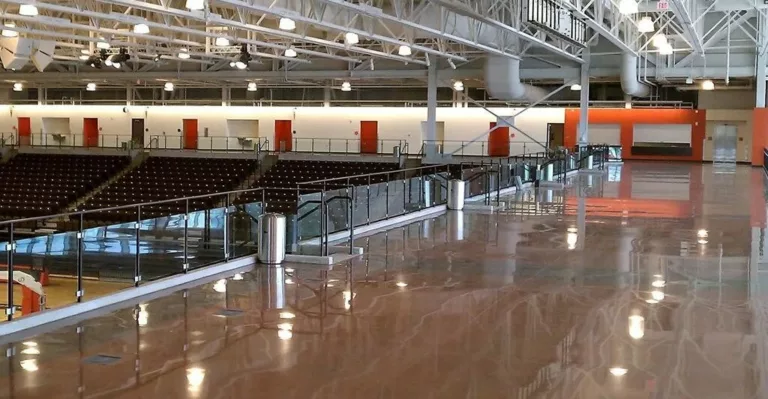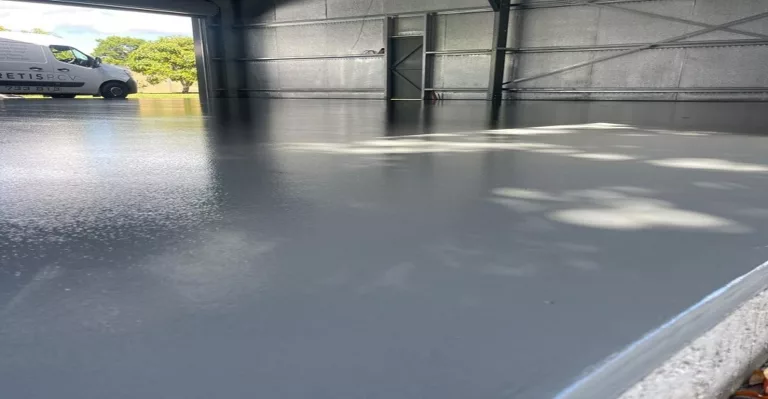Planning an epoxy floor for your Vancouver garage, shop, warehouse or showroom? A good system is only as strong as the installation. When the prep, moisture control and topcoat are done right, you get a floor that stays bonded and looks sharp for years.
This step-by-step guide walks you through how Priority One Epoxy Flooring installs professional epoxy systems in Vancouver and across the Lower Mainland, so you know exactly what to expect before, during and after the job.
Step-by-Step: How a Pro Epoxy Install Works
-
Step 1Surface Preparation — Where Most Floors Succeed or Fail
Surface prep is the most important stage. If the concrete is dirty, smooth or weak, the coating will not stay bonded, no matter how good the product is.
- Remove grease, oil, paint and old coatings with industrial cleaners and tooling.
- Repair cracks, pits and spalls with epoxy patching compounds or mortars.
- Grind or shot-blast the slab to a proper concrete surface profile (CSP).
- Test for moisture and confirm levels are within manufacturer limits.
Done properly, the epoxy keys into the concrete instead of just sitting on top like a coat of paint.
-
Step 2Primer and Moisture Barrier
Next, we seal and stabilise the concrete with a primer or moisture-tolerant base coat. This is especially important in our damp Vancouver climate.
- Locks down dust and micro-porosity in the slab.
- Creates a better bond between concrete and build coats.
- Helps prevent bubbles, blisters and peeling from vapor pressure.
On many projects we use a moisture-mitigating primer designed for higher vapor emission rates, common in local garages and ground-level spaces.
-
Step 3Base Coat / Build Layer
The base coat (or build layer) is where we match the system to how the floor will be used.
- Self-levelling epoxy coatings — Smooth, glossy finishes for garages, showrooms and light commercial spaces.
- Quartz or slurry systems — Thicker builds with coloured quartz for slip resistance and a speckled, decorative look.
- Epoxy mortar systems — Heavy-duty, aggregate-reinforced floors for warehouses, loading bays and impact-prone areas.
Thickness is chosen based on traffic, impact, chemical exposure and cleanability requirements for your space.
-
Step 4Decorative Broadcast (Optional)
If you want a more decorative or safer surface, we broadcast media into the wet base coat:
- Vinyl flake for classic garage and showroom floors.
- Coloured quartz for extra traction in wash bays, kitchens and locker rooms.
- Metallic pigments for a marbled, high-end look in showrooms or feature spaces.
After broadcasting, we scrape and vacuum the floor clean so it’s ready for a smooth, protective topcoat.
-
Step 5Topcoat — Protection and Performance
The topcoat locks everything in and protects the system from wear, UV and chemicals. This is where we fine-tune how the floor behaves day to day.
- Select gloss, satin or matte finish.
- Add traction for wet, sloped or high-traffic areas.
- Use UV-stable resins where there is direct sunlight.
A quality topcoat makes the floor easier to clean and helps it keep its colour and finish under daily use.
-
Step 6Curing and Return-to-Service
Once the installation is complete, the system needs time to cure before you move back in.
- Ideal curing range is roughly 15 °C–25 °C with moderate humidity.
- Light foot traffic is typically allowed after about 24 hours.
- Vehicle traffic and heavy use usually resume after 48–72 hours.
We’ll always give you a clear schedule so you know when you can park, move equipment or reopen to staff and customers.
-
Step 7Maintenance and Long-Term Care
Epoxy is low-maintenance, but not no-maintenance. Simple habits help your floor last longer and look better.
- Sweep or dust mop regularly to remove grit and fine dirt.
- Mop with a pH-neutral cleaner instead of harsh chemicals.
- Clean up solvents, oils and corrosive liquids promptly.
- Inspect high-traffic lanes and re-topcoat as needed every 5–10 years.
With basic care, a professionally installed epoxy floor can deliver many years of service in Vancouver’s climate.
Can epoxy be installed over cracked concrete?
Yes. We repair cracks, joints, pits and other defects during the prep stage using industrial epoxy repair products. Once repairs are cured and ground smooth, the slab is ready for coating.
How thick should an epoxy floor be?
Light-duty coatings are usually 4–30 mils thick. Slurry and quartz systems run around 30–125 mils. Heavy-duty mortar systems are 125 mils and up, depending on traffic and abuse.
What if my concrete has moisture issues?
Many Vancouver slabs have higher moisture levels. In those cases we use a moisture-mitigating primer designed to handle higher vapor emission and help prevent blisters, bubbling and long-term delamination.
How long does installation usually take?
Most smaller residential projects are done over a few days: prep, coating, and then curing. Larger commercial jobs may be phased so you can keep parts of your space open while sections cure.
Should I DIY or hire a professional?
DIY kits can work in small, low-use areas. For garages, shops, warehouses and commercial spaces in Vancouver, a professional install offers better prep, better products and much better long-term performance.

